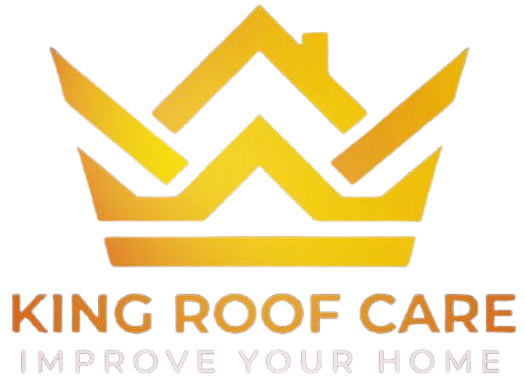Roof leaks are more than just minor annoyances; they can lead to significant damage if not addressed quickly.
Identifying the exact source of a leak is crucial for effective repairs but can often be challenging, especially on flat or low-pitched roofs.
In this post, we’ll help you to detect roof leaks early, ensuring your home stays dry and damage-free.
Why Immediate Action on Roof Leaks Is Important
Your roof is a vital shield protecting your home from the elements, ensuring it remains dry and secure. However, roofs aren’t impervious to wear and tear, and they can develop vulnerabilities as they age.
Understanding how to detect roof leaks is crucial to preventing extensive damage and maintaining the integrity of your home.
Leaks that go unnoticed can lead to significant issues:
- Interior Damage: Water infiltrating your home can damage furniture, flooring, and personal belongings.
- Hidden Risks: Water seeping into walls and insulation can promote mold growth, posing health risks and causing further structural problems.
You can catch these issues early by knowing what signs to look for, such as musty odors, stains on ceilings or walls, unexplained puddles, and the sound of dripping water.
Addressing leaks promptly helps minimize damage and allows for quicker repairs, keeping your home safe and your life on track.

How to Spot Roof Leaks
Finding a roof leak can be tricky, but following these detailed steps will help you locate the issue effectively:
1. Check for Visible Signs Inside Your Home
Start by looking for clear indicators of a leak:
- Water Stains: Look for discoloration on ceilings, walls, and around windows.
- Musty Odors: A musty smell or mold growth can suggest hidden moisture.
- Shingle Damage: Examine any visible damage to shingles or roofing materials.
- Wall Issues: Bulges or sagging in walls might indicate water damage.
- Exterior Siding: Inspect the siding for water damage or decay.
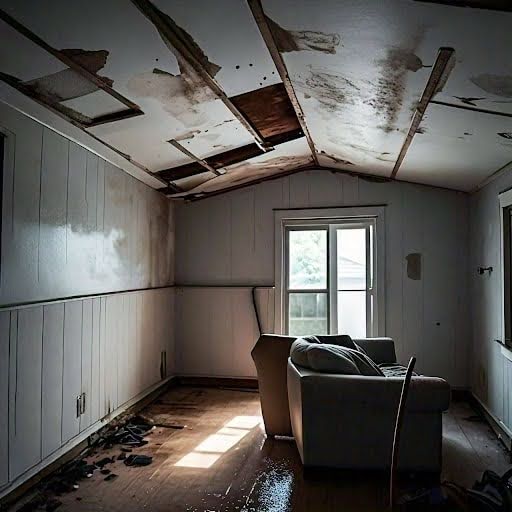
2. Investigate Potential Interior Water Sources
Before assuming the leak is from the roof, rule out other sources:
- Plumbing Leaks: Check pipes, water heaters, and fixtures in bathrooms, kitchens, and laundry rooms.
- HVAC Units: Ensure that your heating and cooling systems are not leaking.
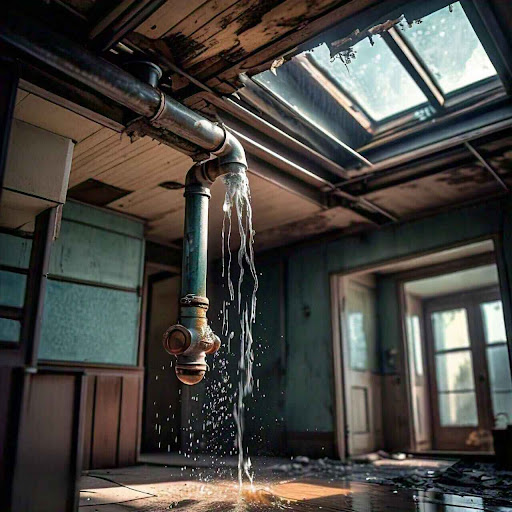
3. Inspect the Attic Thoroughly
The attic can offer clues about leaks:
- Safety First: Move carefully and avoid weak spots.
- Search for Water Damage: Look for water stains, mold, or damp areas on rafters and insulation.
Check Insulation: Wet insulation may indicate a leak
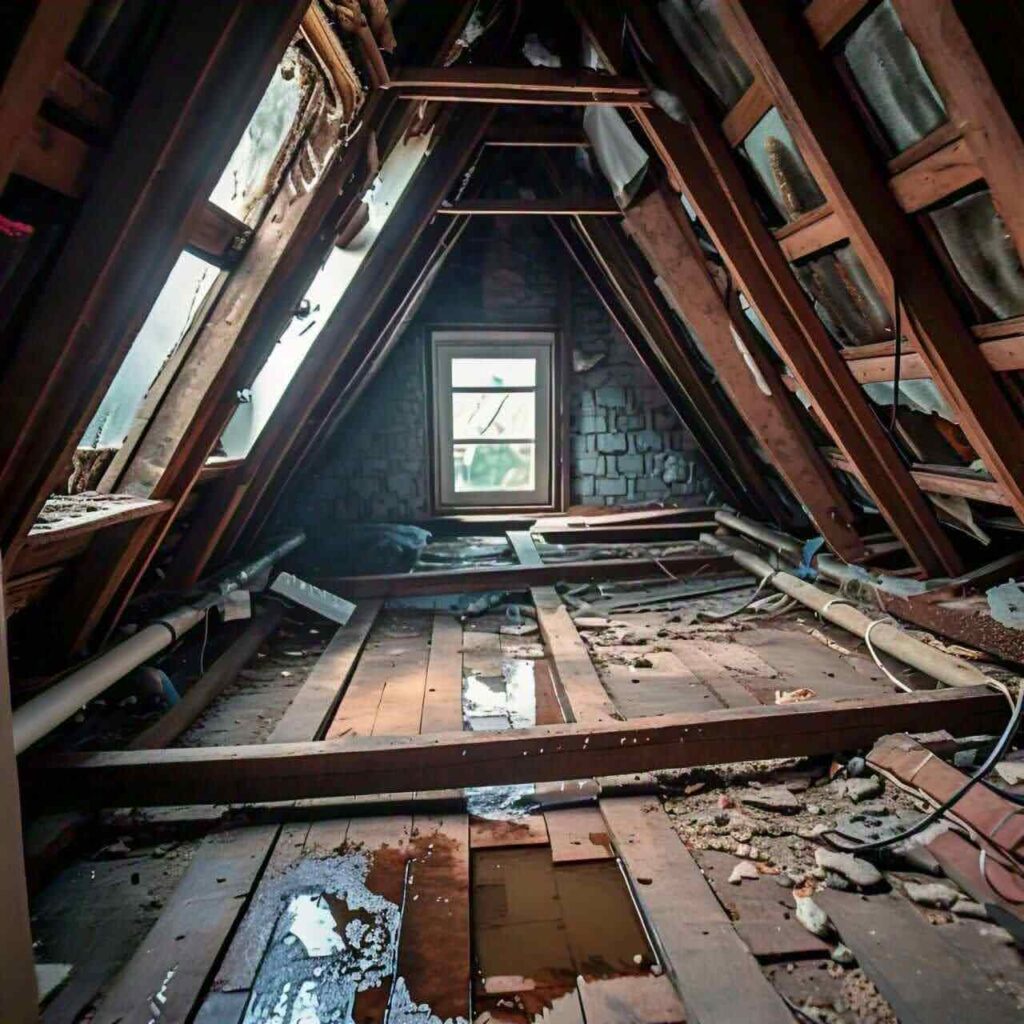
4. Examine the Roof’s Exterior
Inspect the roof directly for signs of damage:
- Roof Condition: Look at vents, chimneys, skylights, and seams for any visible issues.
- Shingles and Flashing: Check for missing or damaged shingles and deteriorated flashing.
Debris: Clear off leaves and other debris to inspect for water buildup or damage.
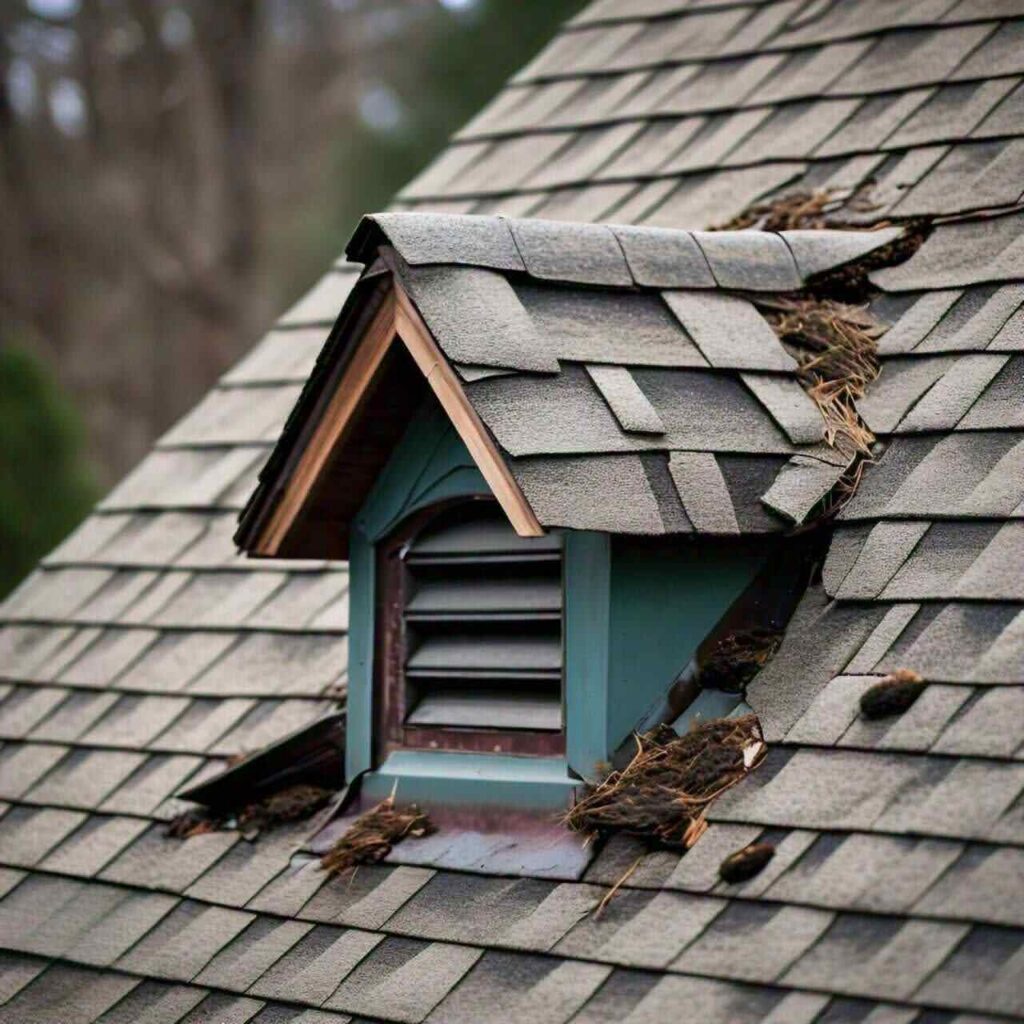
5. Perform a Water Test
Simulate rainfall to help locate the leak:
- Spray Method: Use a garden hose to spray different sections of the roof, starting from the bottom and moving up.
Monitor Inside: Have someone inside to observe and note any signs of water entering the home.
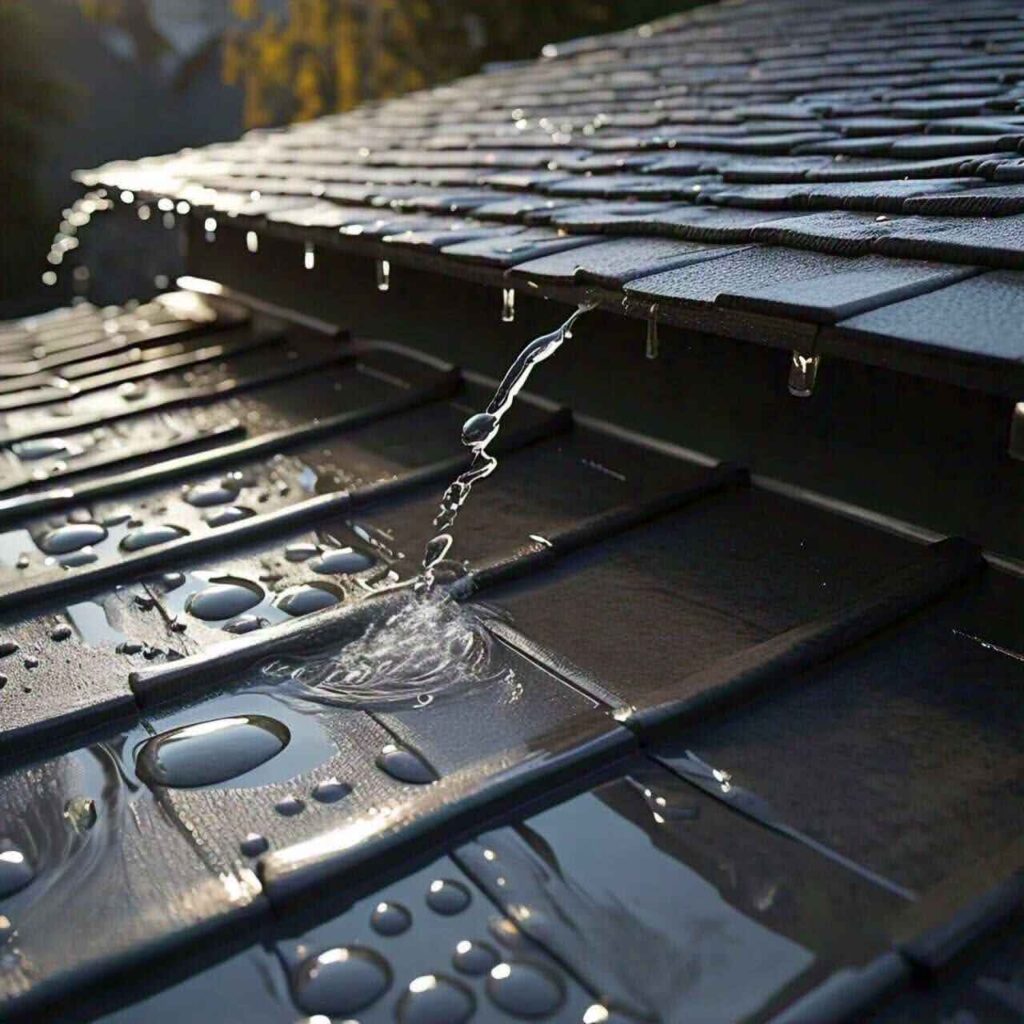
6. Trace the Leak to Its Source
Use the information gathered to pinpoint the exact location:
- Compare Damage: Match the water stains and damage inside with exterior features like chimneys or skylights.
Mark the Area: Identify and mark the area on the roof where the leak is occurring.

7. Check for Hidden Leaks
Sometimes leaks can be hidden behind walls or insulation:
- Inspect Hidden Areas: Look behind wall panels and insulation if visible signs are not found.
Use a Moisture Meter: Consider using a moisture meter to detect hidden moisture behind walls and ceilings.
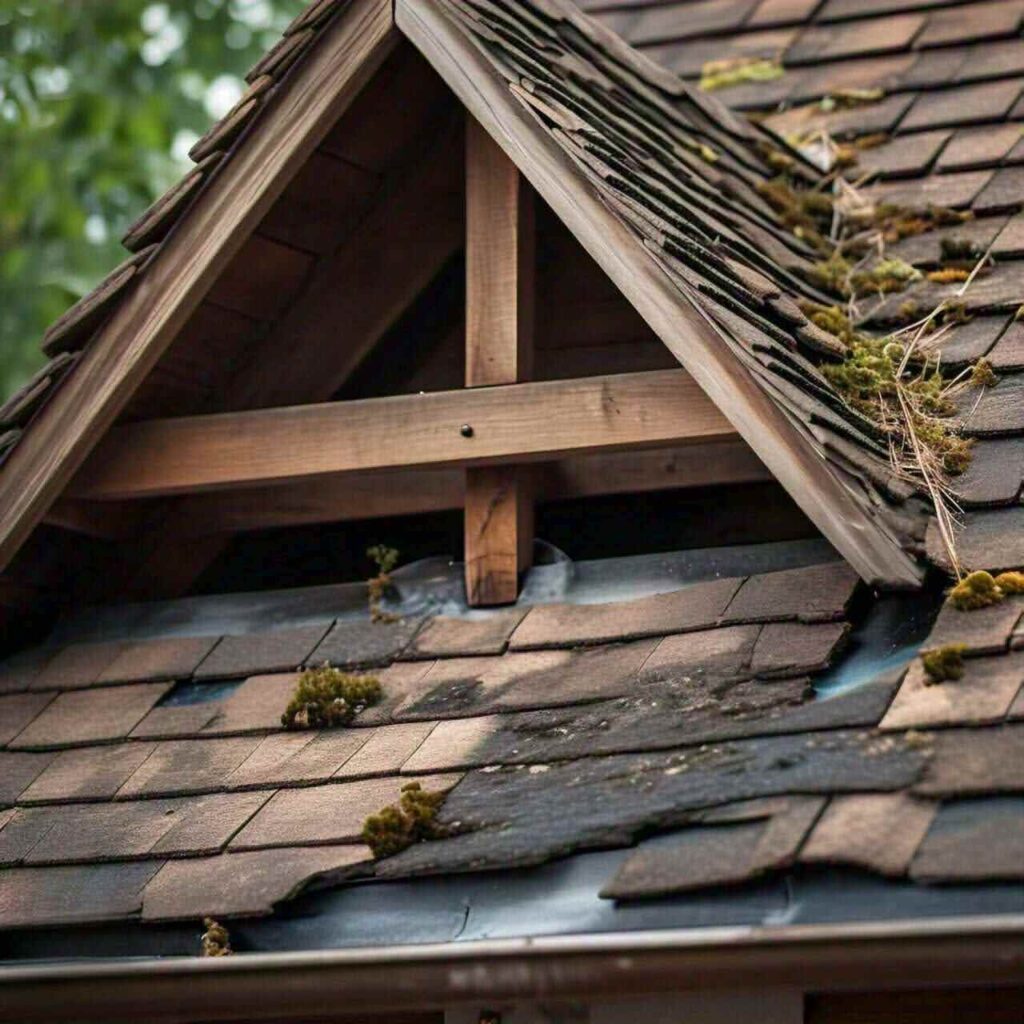
8. Consult a Roofing Professional
If you’re still unable to locate the leak or are unsure about repairs:
- Professional Assessment: Contact a roofing expert for a thorough inspection and repair.
Get an Estimate: Obtain a detailed estimate for the necessary repairs to address the leak effectively.
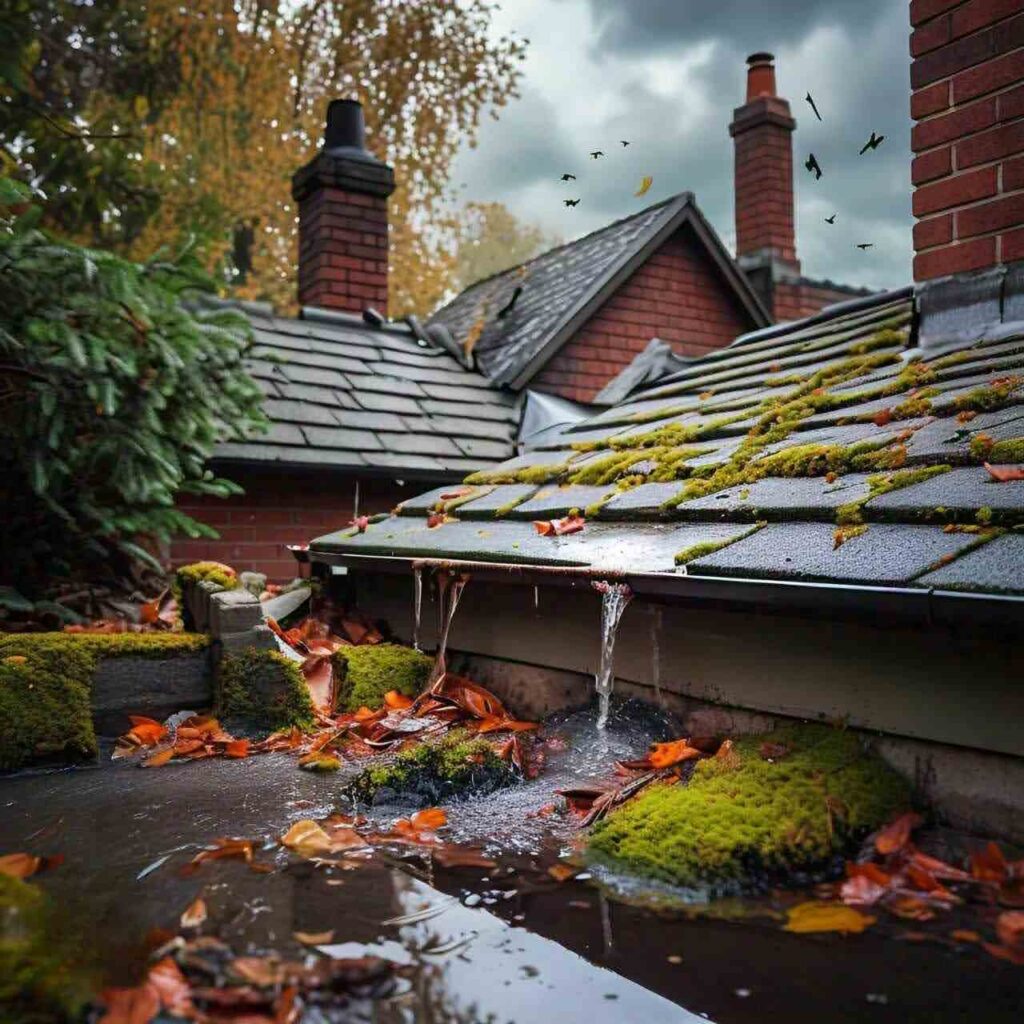
Other Common Signs of a Roof Leak
- Visible Stains and Discoloration: Look for brown or yellowish stains on your ceilings or walls, which can indicate water damage from a leak.
- Musty Odors: A persistent musty smell inside your home can signal hidden moisture or mold growth due to a roof leak.
- Damage to Interior Walls: Notice any bulging or sagging in your walls and ceilings, which could be a result of water damage from a leaky roof.
- Rust on Metal Fixtures: If you have metal roof components or fixtures, check for rust or corrosion, which can be a sign of water exposure.
- Excessive Humidity: High humidity levels indoors can be a result of moisture seeping through your roof and affecting the air quality inside your home.
- Peeling or Bubbling Paint: Paint or wallpaper that is peeling or bubbling can indicate moisture intrusion from a roof leak.
- Warped or Soft Spots: Look for areas in your home where walls or ceilings feel soft or appear warped, which could be due to prolonged exposure to water.
- Standing Water on Roof: After rainfall, check for areas where water collects and doesn’t drain properly, as this can point to underlying roof issues.
- Mold or Mildew: The presence of mold or mildew on walls, ceilings, or in your attic can suggest a persistent leak that needs addressing.
- Cracked or Missing Roofing Materials: Inspect the exterior of your roof for any cracked, missing, or damaged shingles and flashing, which can lead to leaks.

Say Goodbye to Roof Leaks
End your roof leak troubles with King Roof Care. Specializing in roof replacement and installation, we offer superior services backed by extensive warranties.
With our experience and dedication, we ensure your home is protected from leaks and other roofing issues.
Call us now for a free estimate and see how we can transform your roof.
